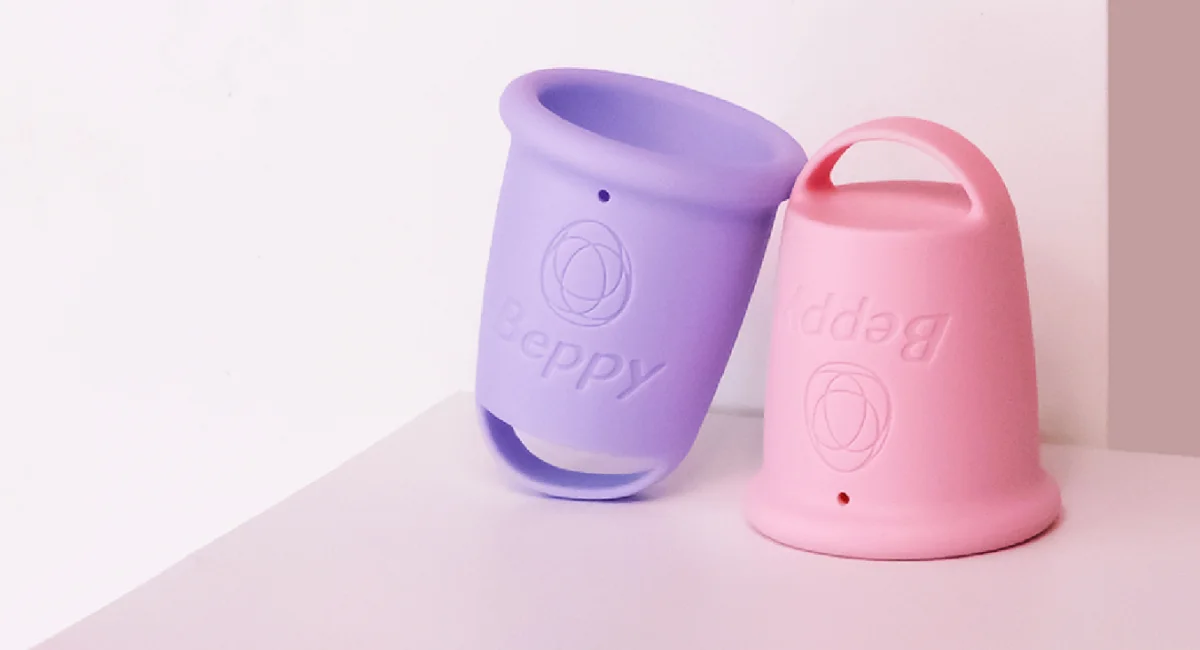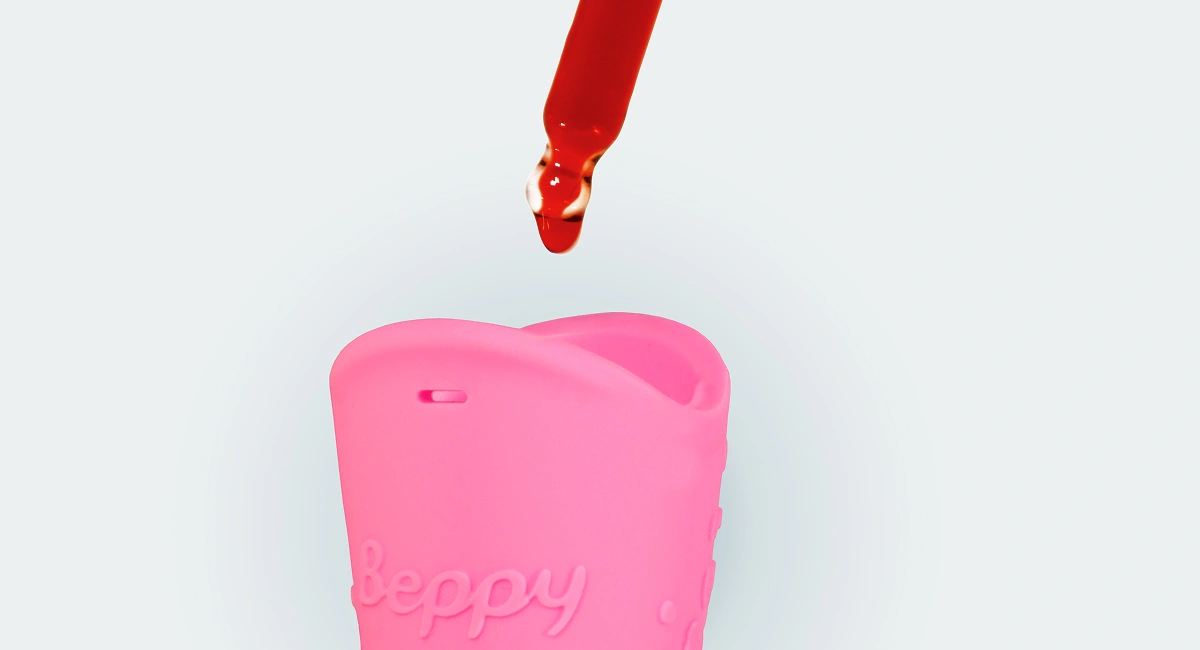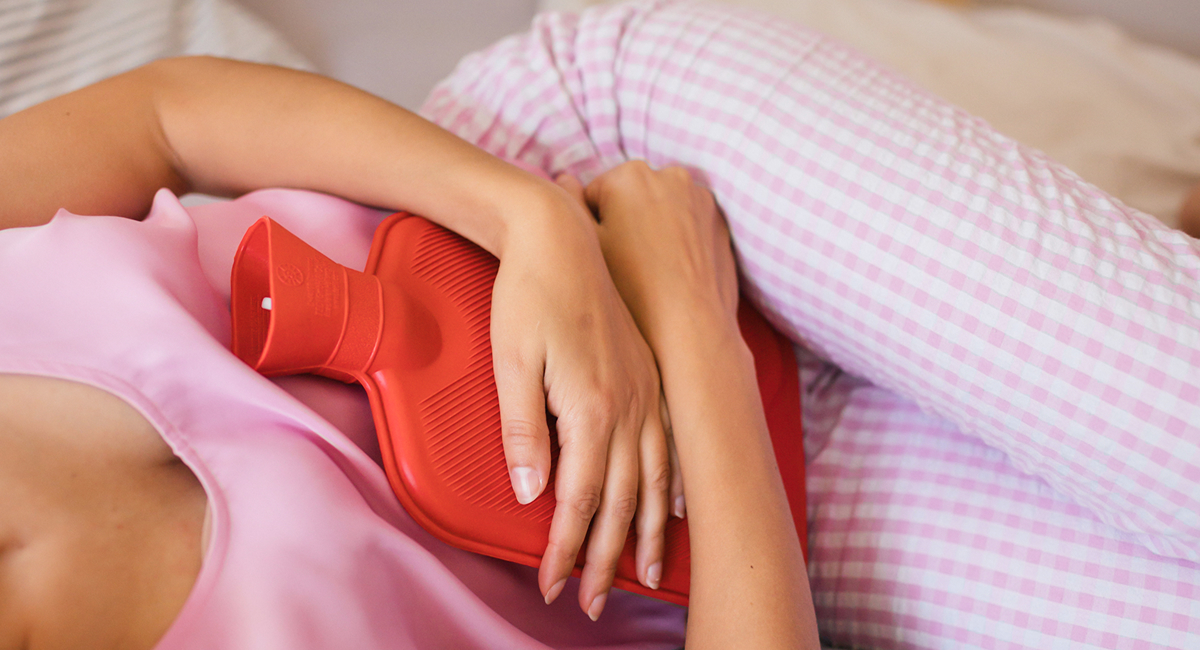
- Ontvang een gratis cadeau bij bestellingen vanaf €30
- Klanten beoordelen ons gemiddeld met een 4,6 / 5 (882 beoordelingen)

If not, you are one of the lucky ones. Menstrual poverty is a problem that affects millions of people worldwide. Menstrual poverty occurs because the prices of menstrual products have become unaffordable for people who have little money. As a result, many people do not have the necessary resources to get through the days of menstruation hygienically and responsibly. This includes having to change in unsafe areas, and lack of education and therefore lack of proper knowledge.
This problem affects girls and women of all ages around the world; it appears that an estimated 500 million menstruating people have no money for sanitary pads or tampons and other hygienic supplies. Many are therefore forced to use alternative products to catch their periods, such as: newspapers, socks, toilet paper, cotton pads, old shirts and plastic bags. Not only does this mean a definite problem for the environment, as these products are not biodegradable, but they also endanger the health of these girls and women and exacerbate the risk of infections and diseases because these products are not sterilized, and are therefore not safe.
The lack of menstrual products creates uncertainty and discomfort for these people, which often causes them to stay indoors to avoid social gatherings. Did you know that 49% of people between the ages of 14 and 21 sometimes miss school for an entire day because they did not have pads or tampons in the house! And that 18.9% of menstruating people living in poverty do not have money for menstrual products and, in the process, do not have access to a clean living environment where they can change themselves cleanly and safely. 9% of these people don’t even have access to bathrooms.
If you plan to do your part, you can do so by donating and participating in campaigns that address this poverty. This way, in specific cases, you will bring about short-term change yourself and help people who do not have enough money for menstrual products. However, broader changes are needed to bring structural change to this problem.
– National advocacy: Women need the support of their governments to ensure proper infrastructure and easy access to affordable and safe menstrual products.
– More education and knowledge sharing: Knowledge sharing among organizations, communities and schools should include menstruators among their priorities and be considered a fundamental part of the educational process.
– Private sector: companies can be great allies by contributing to providing information and access to safe facilities and, for example, free menstrual products, in addition to destigmatizing menstruation and integrating its approach into their policies.
– Evidence-Based Charity Programs: Programs that educate menstruators correctly and in a timely manner. They can provide needed products and support men and their communities.
– Additional research: This is needed to understand the effects of poverty on menstrual health and how to combat it.
– Legislation: Protective legislation can ensure affordable access to adequate facilities and products for menstrual hygiene, protecting all people regardless of socioeconomic status. Governments can also reduce taxes on menstrual products, making them more affordable.
Did you know that a menstrual cup is one of the cheapest menstrual products in the long run? Considering that you can use it for years, it ends up being much cheaper. Order your Beppy Cup here !




Get the latest news on menstrual freedom straight to your inbox!
HQ Beppy, Netherlands
Signalman 1-3
3034 KH Rotterdam
[email protected]
+31 (0)10 467 65 73 (9.00 – 17.00)
Chamber of Commerce: 24123466
Beppy, Belgium
9A Countess Elisabethlaan, P.O. Box 77
2320 Hoogstraten
[email protected]
+32 (0)78 158 349 (9.00 – 17.00)





